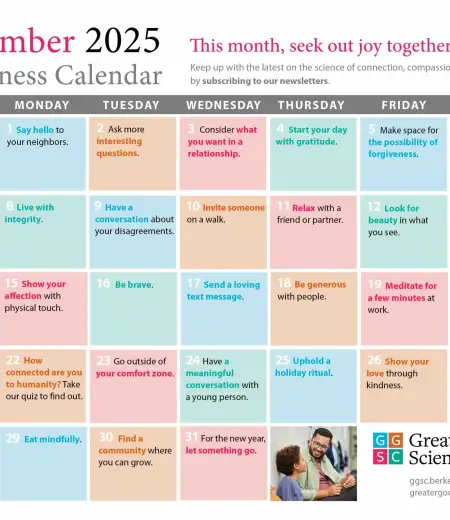In 1984, a team of scientists at the National Institute of Mental Health published the first criteria for diagnosing a unique condition called Seasonal Affective Disorder, or SAD. The people they diagnosed with SAD experienced major depressive episodes during the fall and winter months. Those episodes went away in the spring and summer, then returned the next fall and winter.
Researchers have offered a biological explanation for SAD, proposing that less daylight causes shifts in the body’s internal clock. Normally, light particles enter the eye and stimulate vision cells, which transmit information to the parts of the brain that process what we see. Along the way, these vision cells tell a gland in the brain, called the pineal gland, how much light is out in the world. Under dim light conditions, the pineal converts serotonin—the chemical in the brain boosted by antidepressant drugs—into melatonin, which induces sleep.
The theory for SAD is that fall/winter darkness depletes the brain’s stores of serotonin by making the pineal gland convert too much of it into sleep-inducing melatonin. Supporting this theory, studies both of light therapy, a medically prescribed treatment mandating 30 minutes per day in front of a light, and of drugs that increase serotonin levels in the brain have reported reduced SAD symptoms.
There is, however, controversy over this biological explanation for SAD. Some cases of SAD have been reported in the spring and summer months, calling into question the role of fall/winter darkness. Furthermore, a study published earlier this year by scientists from Norway, where the sun shines for just two hours during winter months, reported no greater incidence of SAD over Norwegian winters than over the much brighter American winters. If darkness was the cause of SAD, it should be more common in places with darker winters.
The Norwegian scientists conclude that SAD should actually be regarded as a form of depression with seasonal triggers, which could include anything from less light to colder temperatures to fewer opportunities to be outdoors, socialize, or exercise.
So the jury’s still out on whether SAD is a unique, light-controlled psychological disorder. But it does seem likely that we are exquisitely sensitive to changes that come with the seasons, and that for some, these changes can trigger episodes of depression.



Comments
A bit off topic : does summertime make people sad? It takes one hour longer before one can enter the street to socialise.
Or one has the airco on for one more hour and is using much more energy.
Either way summertime is not so nice for a lot of people!
Guido Brndt Corstius | 7:34 am, July 8, 2010 | Link